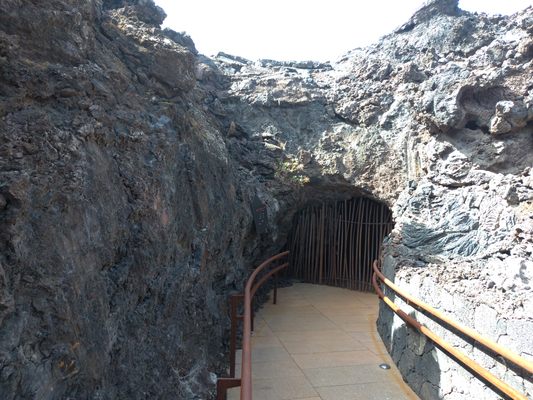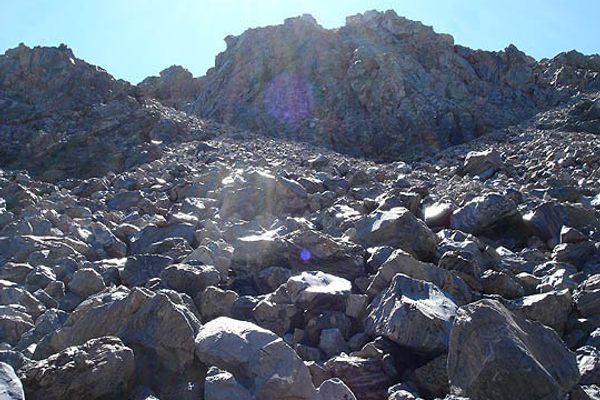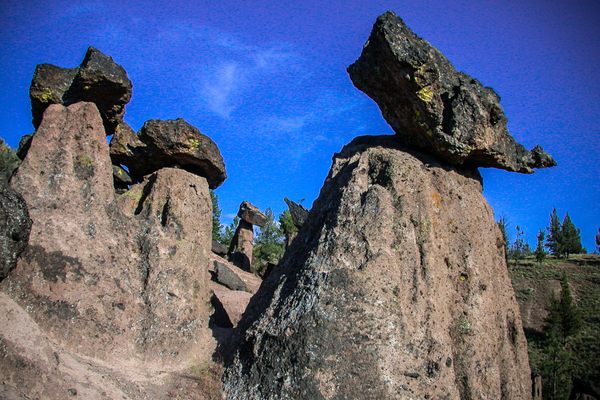About
Like all the Canary Islands, La Palma is a volcanic island made up of lava rock that stacked and stacked until it rose above sea level. The volcano under the island is still active—it last erupted in 1971, and before that in 1949.
In the 1949 eruption, large amounts of lava flowed down the west part of the island, covering much of it with a fresh carpet of lava rock. Much of the land lost in the eruption has since been reclaimed as forests were replanted and new farms were established. But one area in the center of the region has been kept in its original state, mostly due to the fact that it hosts a large lava tube.
Lava tubes are a result of thermodynamics. The top layers of the lava hardened as they came in contact with the air, while the lava underneath stayed warm and fluid, allowing it to flow much further than the top layers. Usually these tunnels collapse or get filled by other lava, so finding them intact is uncommon.
Known to locals as Cueva de Las Palomas or tubo volcánico de Todoque, the volcanic tube is a natural monument and protected by the Canary Islands. The tunnel is about 10 feet wide, and can be accessed by with the help of a tour guide. There is also a smaller tunnel, connected to a visitors center that is erected to protect it and inform about it.
Inside the small tunnel is a large cavern that was formed during a gas explosion. Its features are rough and jagged, but are smoothing out slowly over time. This is because of the moisture that comes in constantly and deposits material in the cave, very slowly forming stalactites—after 70 years they are barely an inch long.
Related Tags
Know Before You Go
To visit the lava tubes, you’ll need to book a guided tour. This can be done at the visitor’s center or online.
Published
November 11, 2019





































